Interior Design Tips for a Stylish Home
Whether you’re planning a full house renovation or giving one of your rooms a fresh lick of paint, taking on a new design project can be a daunting task. There’s a lot of elements to consider when redecorating – placement, colour, light and texture all have a role to play. Whether you’re a beginner to design or a seasoned pro, and you have an apartment in the city or a house in the countryside, taking the time to do some research and pick up some interior design advice will always serve you well. We’ve pulled together our favourite home decorating tips to help you take a step in the right direction and give you the confidence to move forwards with your ideas.
Understand Your Interior Design Style

Before putting a splash of paint on your walls, the best interior design advice you can take heed of is to understand your interior design style. What do you want your finished room to look like? Do you:
- Live in a modern apartment?
- A cottage in the country?
- Maybe a townhouse?
Each one has a different style, and the beauty is you get to decide what that style is. It’s not just choosing between contemporary and traditional, there’s a wealth of different aesthetics out there, including:
- Scandi design.
- Boho design.
- Japandi style.
- Grandmillennial style.
- Cottagecore.
- Industrial and more.
You also have to decide if you want that particular aesthetic to run through the entire property or whether you’d like an eclectic mix. Spend some time doing your research, and if you have time, create a mood board, which encompasses pictures of rooms you like the look of, different types of fabric and colours and you can see how it all fits together, with the opportunity to tweak it if it doesn’t look quite right.
Choosing Your Paint Colours
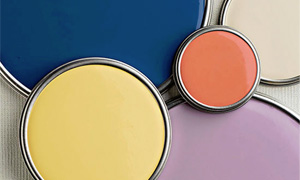
When researching interior design tips regarding painting, you may find conflicting advice about whether you should choose your paint colour first or last. The argument for choosing your paint colour last is the sheer flexibility you have with paint. Every colour you can possibly imagine can be made into a paint, so it makes sense to choose your furniture and floor colour first, and leave the paint until last, to guarantee it will match everything you’ve chosen.
However, sometimes the heart rules the head, and if you see a paint colour that you fall in love with before choosing anything else, then it’s a case of spending time working out what furniture and accessories will go with that chosen colour.
It really boils down to how much you’ve pre-determined regarding the design of your room. If you already know what furniture you want, it makes sense to choose the paint last, and if you’re stepping into a blank canvas, once again, it makes sense to choose everything else first. BUT if you see the paint and you know it’s the one – there’s always a way to make it work.
Don’t be Afraid to Use Bold Colours
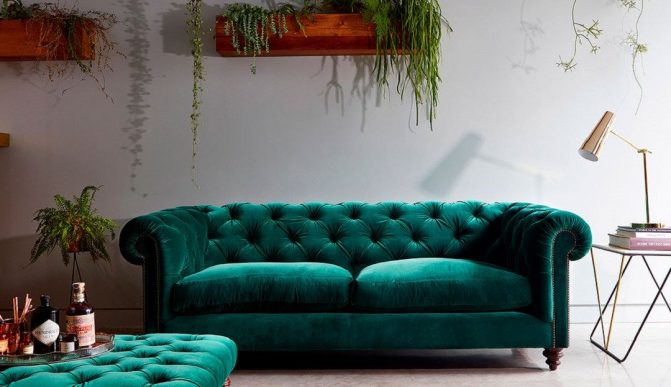
By its description, bold colour implies that using one of these shades will take courage. Putting a bold colour on your walls is making a design statement, it is going to make people look at your walls when they walk into the room, so you have to be happy with the results.
Bold colours are a step away from a neutral palette. They’re rich in colour and can vary from a dark green to a teal to an aubergine, a terracotta and anything in between. Before going ahead with a bold colour on your walls, make sure to take a look at home décor ideas online – see how that colour has been used and what it has been used with. Do you like it? How has natural light played a part in their décor? If you’re not 100% sure, use a paint sample to paint some pieces of paper and place them on your walls for a few weeks. If you still love it after that, it will give you the confidence to go for it.
Mix Match on Fabric, Textures and Patterns
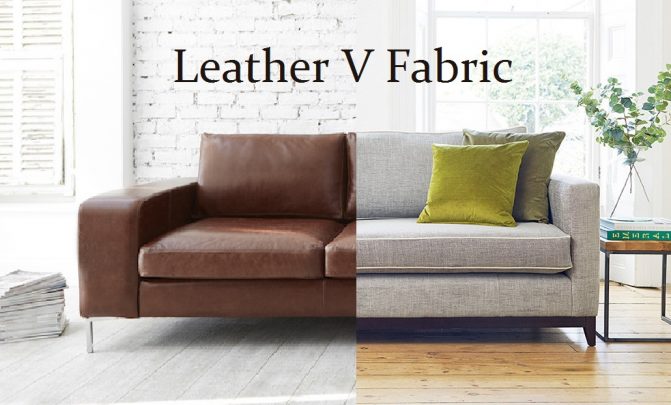
When researching tips for interior design, you’ll most definitely come across the importance of layering. Using a combination of fabrics, textures and patterns will give your décor depth and stop it from being one dimensional. If you have a leather sofa, think about introducing some velvet cushions or a wool throw. If you have a wooden floor, a patterned rug can provide added character. If you’ve set up a mood board, add a range of fabrics to sit next to your colour wheel and sit how it all works together.
Try introducing at least three different patterns in your room, starting with one that you love. Build from there – and don’t be afraid to mix organic patterns with geometric – you’ll be surprised at how well they complement each other.
Using Clever Storage
When planning a new look for your space, this is an opportunity to plan the right level of storage for your room. Without storage, it leaves a lot of your belongings out in the open, which can look cluttered and distract from the overall aesthetic. Storage doesn’t have to be big and bulky; you can make use of clever storage – if you are redesigning your living room, there are chaise sofas that offer a handy storage compartment, which is great for storage extra throws and blankets. Or if you are redecorating a bedroom, an ottoman or divan bed base can be a real game changer, and it doesn’t take up any extra room!
Picking Your Sofa, Chairs and Beds

If you’re changing your living room or your bedroom, home interior ideas will focus a lot on the key pieces of furniture in that space – your sofa and your bed. Depending on the space available in your living room, you may have room for a sofa and some accent chairs or a corner sofa – whichever you choose, they should tie into your chosen aesthetic. From traditional sofas to mid-century modern and contemporary, and from vintage leathers to bold velvets – the design of your sofa and its upholstery has a large role to play in creating the desired look, as your bed will in your bedroom. From Chesterfield-inspired beds to sleek contemporary beds, choose a bed that fits in with the overall look you’re going for.
Picking Additional Furniture Bits and Bobs
Once you’ve decided on the style of your room and selected key pieces of furniture such as a sofa or bed, the next part is the fun part – picking additional furniture and bits and bobs. When it comes to interior decorating, these smaller elements can really add some character to your space. Each room will benefit from different accessories and furniture. From lamps and rugs in your living room, to art and shelves in your bedroom, take some time to think about the finished look and how these smaller additions will impact it. If you have a contemporary sofa, a modern lamp and table will complement the theme and if you have a bold colour on your walls, think about what colour frame will stand out against it.
However, if you want to create a more eclectic aesthetic in your space, then mixing styles will help to create that look and gives you total freedom to choose whatever takes your fancy!
Don’t Forget to Size-up Your Furniture
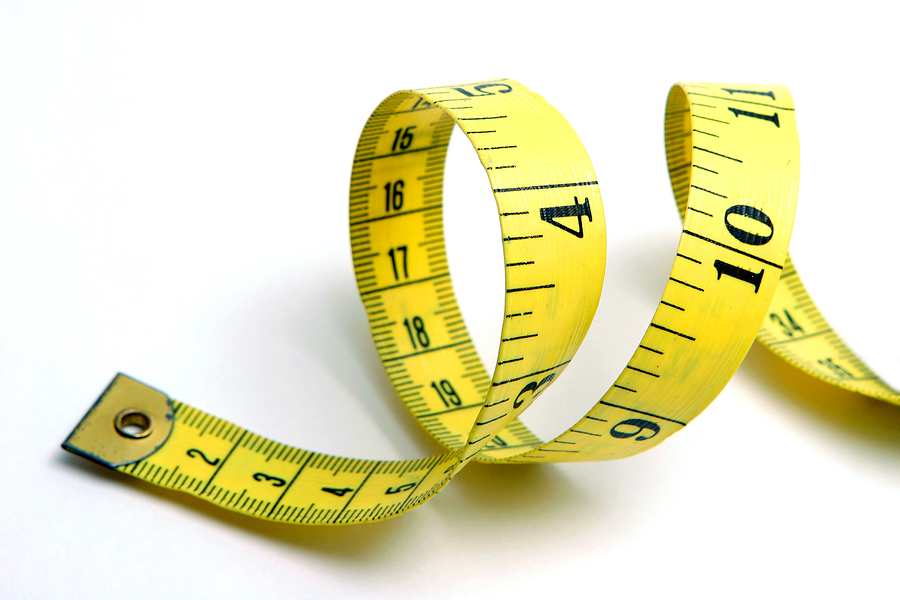
Once you’ve decided what furniture you’d like in your room, before ordering it, you need to take two measurements. Firstly, measure the furniture and where you’re planning to put it to check it will fit and not overwhelm the space. Secondly, you need to measure the access points to check your furniture will fit successfully through your door – the last thing you want is to order your dream sofa or bed and have to return it because it can’t fit through the door!
Use a Mood Board
Interior decoration is about making a vision become reality – and the best way to ensure that vision translates exactly how you envisage it is through a mood board. From magazine pull-outs to online printouts, paint samples and pieces of fabric, your mood board is a chance to bring all your quirky interior design ideas together and to see what works and what doesn’t. It gives you an opportunity to play around with different themes, different colour ways and different patterns, all before you commit to anything in your actual space.
Make the Most of Lighting
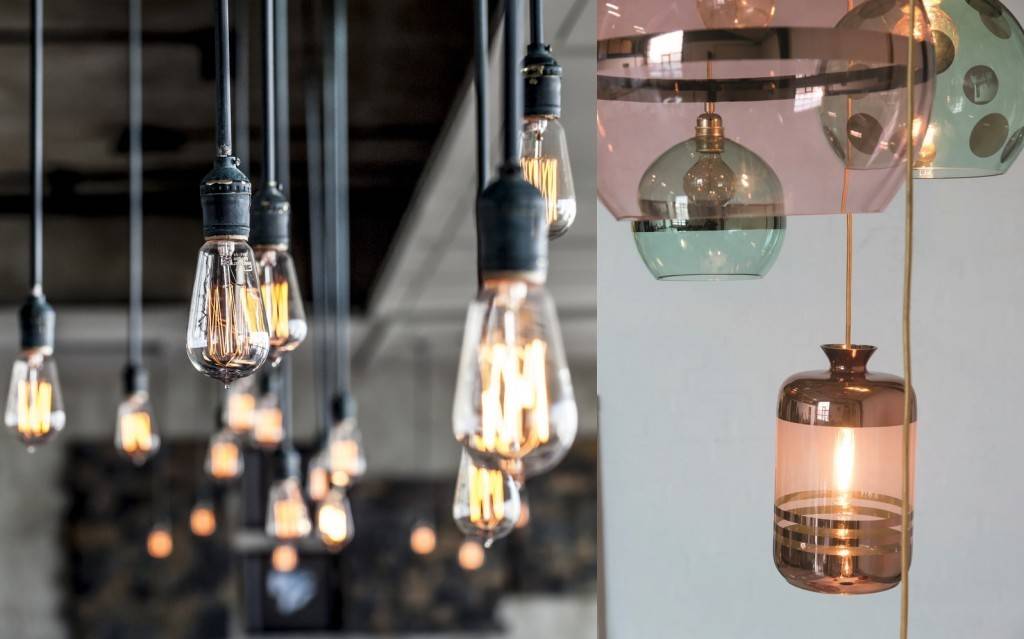
Making the most of your lighting will always feature highly in any interior design help columns because of the impact it can have in any space. It’s key to make the most of any natural light coming into your room, so when working out where to place your furniture, factor in your window and how the light will affect the décor. Light will also change how a paint colour is perceived, so before purchasing your chosen shade, make sure you like it in both natural and artificial light.
While it’s important to make the most of any natural light sources, careful consideration of your artificial light is also important. Do you want:
- A central light?
- Wall lights?
- Spotlights?
- Floor lamps?
- Bright white or a softer light?
Lighting can create a lovely ambience in your room, so it makes sense to take some time getting it right.
The Finishing Touches

Once all the hard work is done comes the fun part – the finishing touches. These essentially add that extra layer of character to your space, it could be anything from books to pictures, candles to house plants. It’s an extension of the aesthetic you’ve chosen to create – it’s a chance to express yourself!
Order Free Samples
Redesigning a room is a not just a lot of work, it can be a sizeable investment, so it makes sense to be sure you’re making the right decisions before purchasing any bigger pieces of furniture. When possible, if there is a free sample, whether it’s for a curtain, a sofa or a headboard, order it and add it to your mood board. Sit with it for a few weeks and if you still love it, then you know it’s the right one for you. When shopping with Darlings in Chelsea, make sure to take advantage of ordering up to eight free samples, which can be delivered direct to your door, to help with any decision making.

